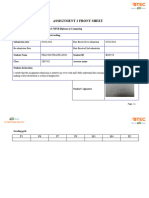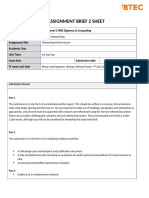0% found this document useful (0 votes)
19 views33 pagesNguyen Le Thanh Cong-Bs01057
Uploaded by
thanhcongnguyenle1102Copyright
© © All Rights Reserved
We take content rights seriously. If you suspect this is your content, claim it here.
Available Formats
Download as DOCX, PDF, TXT or read online on Scribd
0% found this document useful (0 votes)
19 views33 pagesNguyen Le Thanh Cong-Bs01057
Uploaded by
thanhcongnguyenle1102Copyright
© © All Rights Reserved
We take content rights seriously. If you suspect this is your content, claim it here.
Available Formats
Download as DOCX, PDF, TXT or read online on Scribd
/ 33






















































































